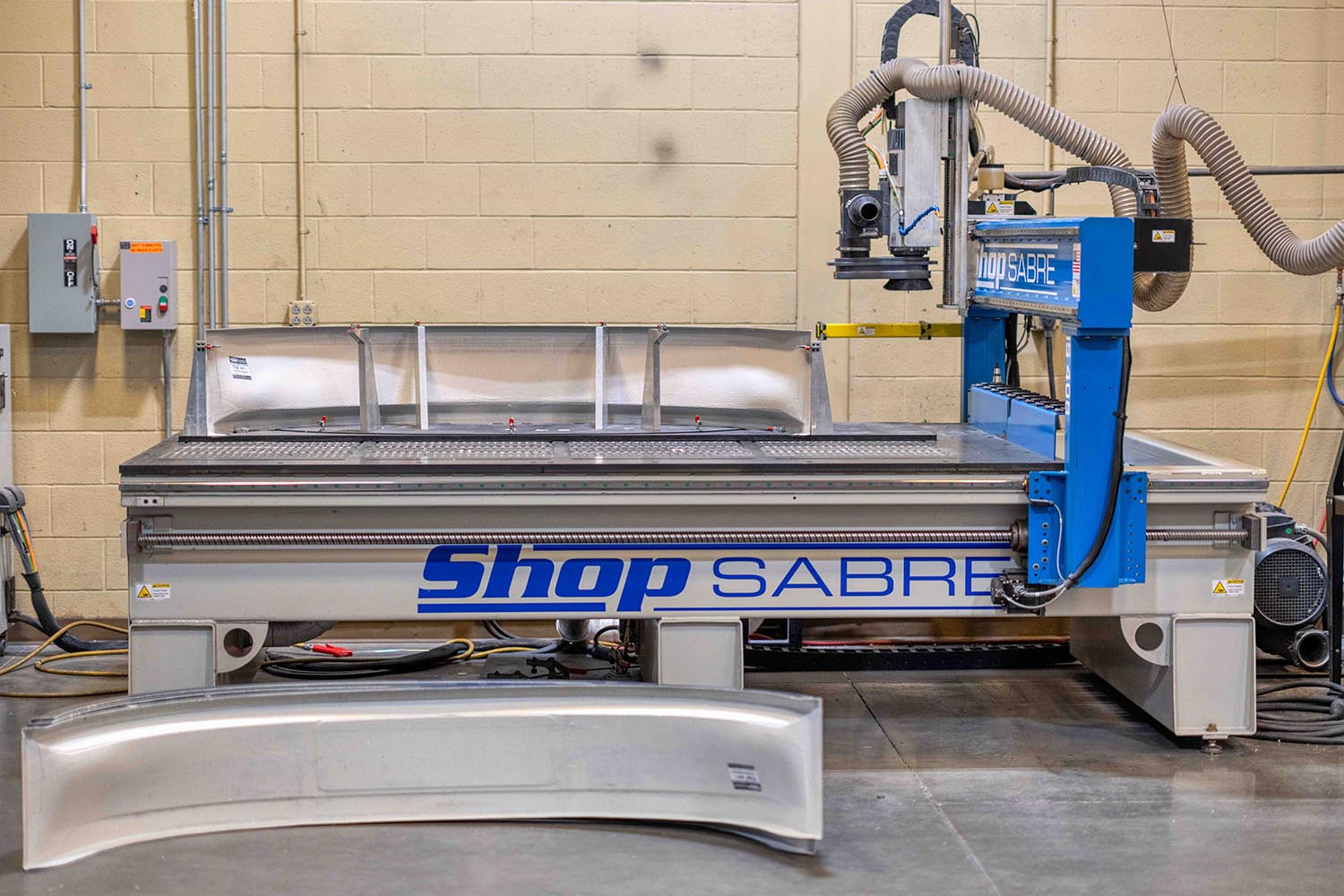The Differences Between a CNC Router and a CNC Mill
CNC machining has become an increasingly popular form of manufacturing in recent years, with its key benefits providing shops with increased efficiency, capability, and waste reduction. As a result of this increased popularity, we have seen several different types of CNC machines being developed, each with its distinct features and advantages.
Among the most popular are the CNC router and the CNC mill also known as a CNC milling machine. Here a breakdown of what CNC machines in general serve to accomplish and what key differences exist between a CNC router and a CNC mill.

From Routers to Mills – What is CNC machinery?
CNC machines are computer-controlled mechanisms that automatically move a tool around a workpiece on a series of axes to perform cuts. All CNC machines use subtractive manufacturing to create the end product, meaning they work by removing material from an existing piece rather than by adding onto it.
The rate of movement, speed of rotation, and motion type are all factors that are programmed to help determine the specifics of a cut with a CNC machine. While both routers and mills provide extreme precision, there are many differences you should be aware of.
CNC router
The CNC router is considered a fairly universally usable tool in modern machine shops, with its primary purpose being to cut softer materials like wood, plastic, acrylic, foam, and certain softer metals. It is typically mounted on a stationary table with a larger workspace, featuring a spindle that moves along three axes X, Y, and Z.
CNC routers like the ShopSabre IS Series CNC router, are mostly designed to operate at high speeds compared to CNC mills, using rotational speed as the driving force in making cuts. While routers typically have three axes, there are variations with 4-6 axes that are ideal for more complex projects.
CNC router highlights:
- Used to cut softer materials like wood, plastic, and foam
- Mounted on a stationary table with a larger workspace
- Features a spindle that moves along X, Y, and Z axes
- Operates at high speeds
- Uses rotational speed to make cuts
- Makes 3D Cutting much easier
CNC mill
For the most part, a CNC mill can perform essentially the same functions as a CNC router, but there are a few key differences. While routers are mostly used for softer materials, mills are generally used to cut metals and tougher materials. It uses rotary cutting tools similar to those of a router, but the operating speeds are much slower with mills.
Instead of using a stationary table, many CNC mills move in an X-Y configuration, with the spindle moving on a linear axis above the workpiece. This provides increased clearance along the Z axis and allows mills to perform thicker cuts, as mills make cuts using torque rather than rotational speed.
CNC mill highlights:
- Used to cut metals and tougher materials
- Slower operating speeds than CNC routers
- Move in an X-Y configuration
- The spindle moves along a linear axis above the workpiece for increased clearance along Z axis
- Able to perform thicker cuts
- Makes cuts using higher torque
Improve your products with ShopSabre
Some key differences between CNC routers and CNC mills will help determine which is best for your shop. Our team at ShopSabre is here to help guide that decision in purchasing the right equipment.
ShopSabre delivers the best CNC routers in the industry at the best value. Our products are proudly made in the USA and built with top-rated technology to provide a lasting edge in your shop. Get a quote today to start making the most of your operation.



